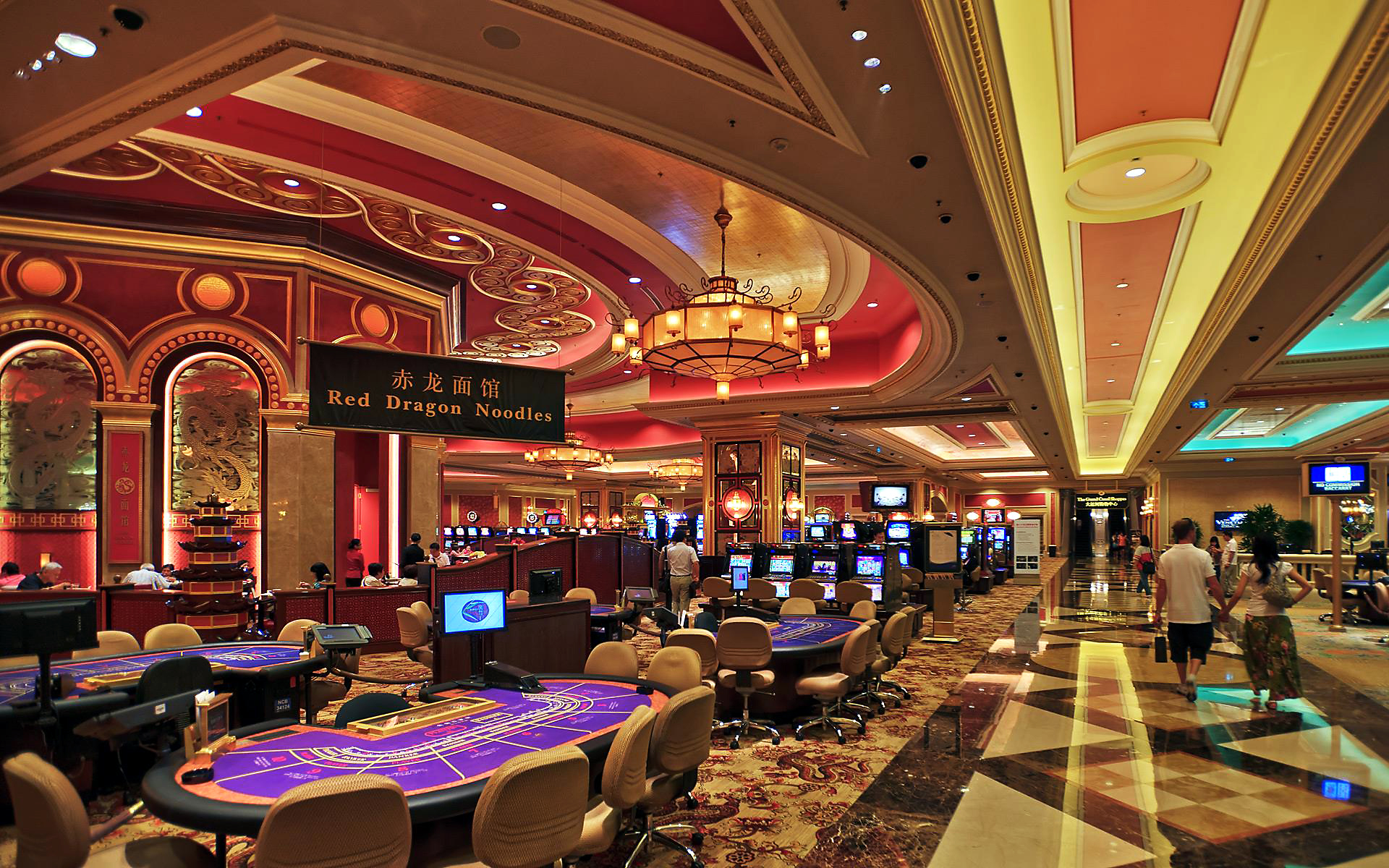
Gambling games have long captivated the human imagination, drawing players into a world filled with fortune, strategy, and the allure of excitement. Each activity is carefully crafted not just for entertainment, but also to evoke particular emotional responses that keep participants immersed and invested. Understanding the drives behind these designs reveals much about how psychology plays a vital role in the gaming experience. https://bett88.co
From the dazzling lights and lively sounds to the complex layering of rules and payoffs, casino games are designed to create an atmosphere of thrill and eagerness. Game designers leverage mental cues to influence gambler behavior, whether through the use of big prizes, almost wins, or social connections. By examining these factors, we can better appreciate how casino games fulfill not just a want for entertainment, but deeper psychological needs for thrill and uncertainty.
Grasping Player Actions
Casino games are engineered with a profound grasp of player psyche, which is crucial for luring and holding players. The thrill of the game, coupled with the expectation of winning, establishes a powerful attraction. Game designers utilize elements like sound effects, vibrant graphics, and immersive gameplay to seize attention and generate emotional responses. These sensory effects enhance the overall experience, making players feel more involved in the game.
Another important aspect of player behavior is the concept of risk and reward. Casino games often manage high-stakes situations with the potential for substantial rewards, which can cause the occurrence known as near-miss effect. When players come near to winning, the brain produces dopamine, strengthening their behavior and encouraging them to continue playing in search of that fleeting win. This cycle of anticipation and frustration plays a crucial role in how games are designed and promoted.
Lastly, social factors also play a critical role in player behavior at casinos. Many games are crafted to be played in pairs or in company with other players, fostering a sense of belonging and collective experience. The community engagement inherent in games like baccarat enhances enjoyment and can lead to extended gameplay. Designers capitalize on this by creating environments that invite players to remain, connect, and come back, making the overall casino experience more appealing.
The Role of Visuals and Audio
Imagery and sound play a significant role in enhancing the player’s experience within casino games. Designers utilize bold colors, striking graphics, and captivating animations to attract players’ attention and maintain their interest. BET88 The use of motifs, such as exploration or opulence, helps create an immersive atmosphere that transports players into a different world. By connecting to the senses, these elements contribute to a heightened emotional response, encouraging players to interact more deeply with the games.
Sound design is equally important in enhancing the overall experience of casino games. The combination of background music, audio effects for successful combinations, and environmental noises creates an sound landscape that holds players fascinated. Audio cues associated with victories, such as chiming bells or festive music, evoke feelings of thrill and reward, prompting players to keep playing. These sound cues are carefully placed to amplify the thrill of the game and create a more engaging experience.
Moreover, the alignment of imagery and audio is essential for supporting the game’s overall theme and atmosphere. Each element should coordinate harmoniously to create a unified experience that pulls players in. The effective use of this synergy not only enhances user enjoyment but also increases the chances of repeat play, as players become more engaged in the captivating world that the gambling games offer. This thoughtful combination of visuals and audio ultimately enhances player engagement and commitment.
Incentive Systems and Participation
The development of casino experiences greatly relies on reward systems to keep participants engaged and returning for more. These structures are rooted in behavioral theories that take advantage of human nature and motivation. Players are often motivated by the excitement of winning, which is supported by instant feedback through the game structure’s mechanics. This instant gratification not only enhances the overall experience but also cultivates a feeling of success, prompting participants to keep playing in hopes of greater gains.
Gaming establishments utilize various incentive systems, including large payouts, bonuses, and increased rewards, to captivate participants. These features create a layer of thrill that sustains interest. Additionally, the unpredictability of results plays a crucial role in keeping interest. The variable reward system, where successes are random but happen often enough, maintains participants on edge and motivated to continue participating. This cycle of hope and anticipation is essential to the success of gambling experiences.
Furthermore, social elements, such as tournaments and multiplayer features, boost the participation factor by leveraging the competitive nature of participants. The communal aspect of gaming with fellow participants can amplify the thrill of winning and create a community atmosphere within the casino. By integrating these social dynamics with efficient incentive structures, gambling experiences don’t just provide fun but also foster a deeper connection among players, solidifying their commitment to the overall experience.
